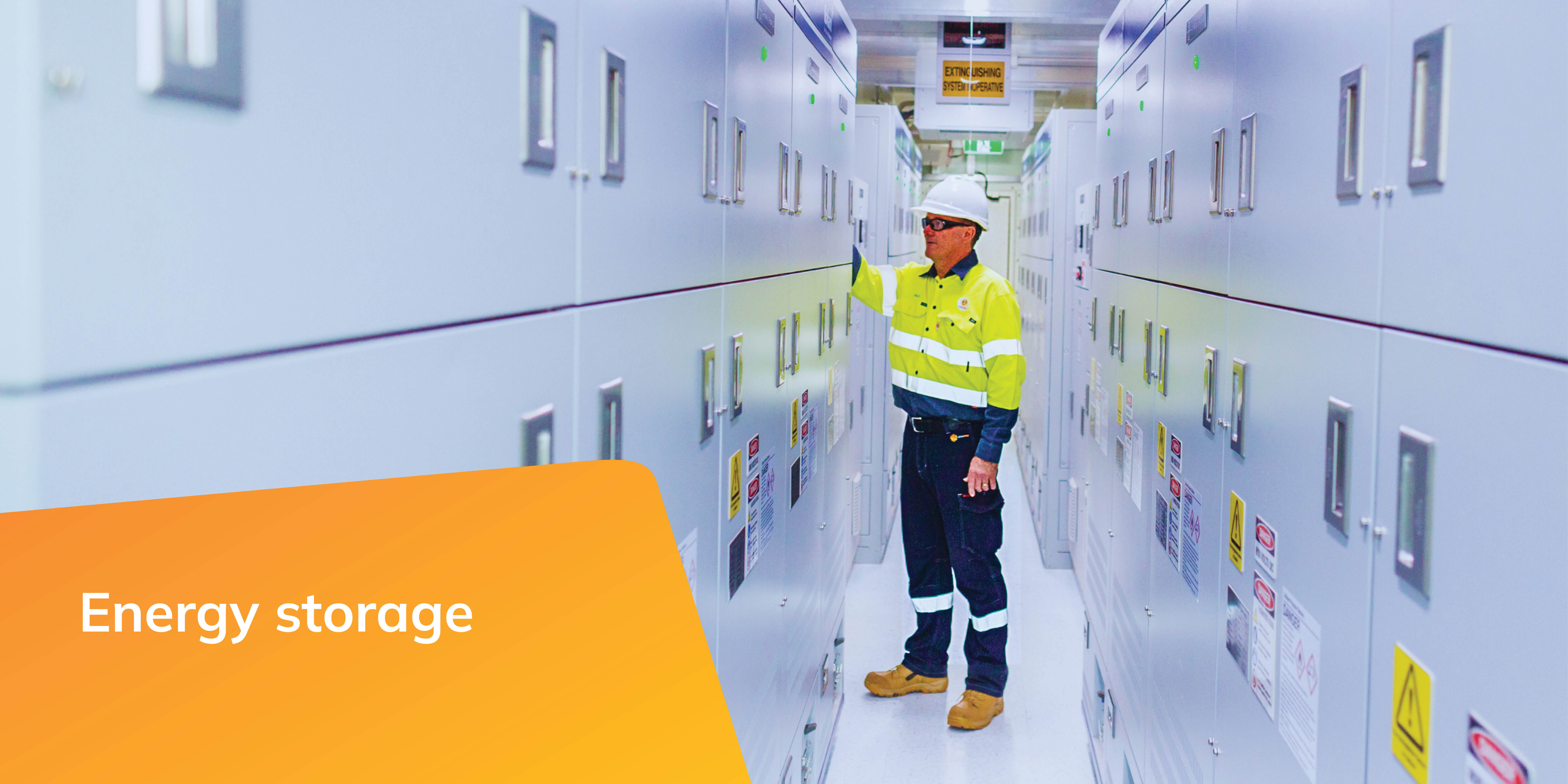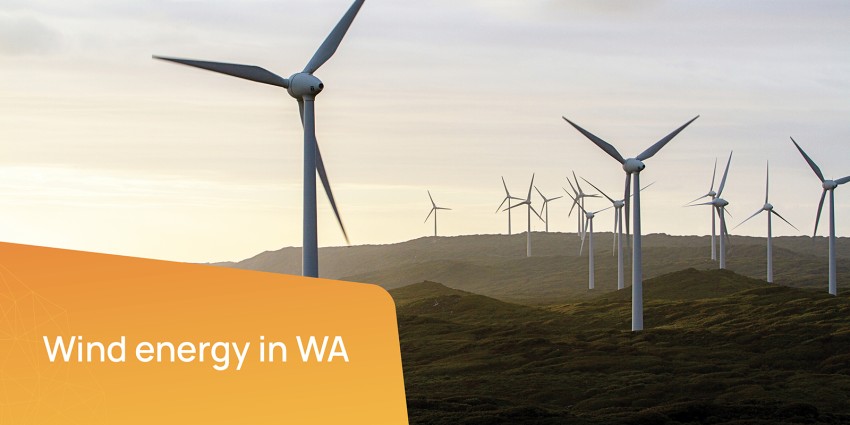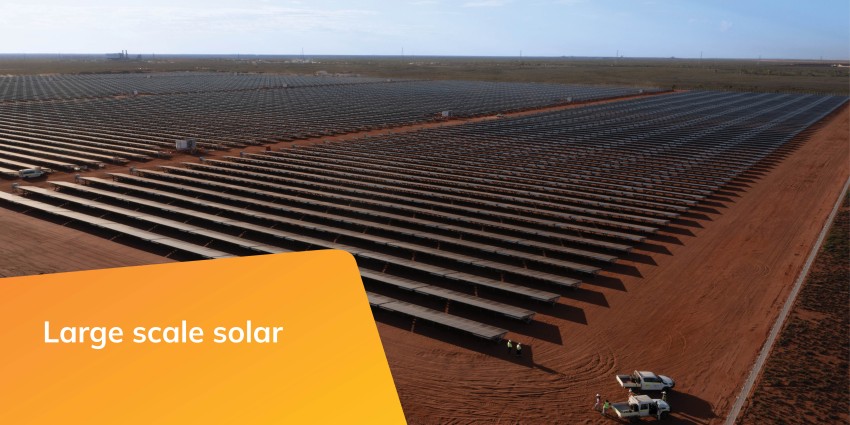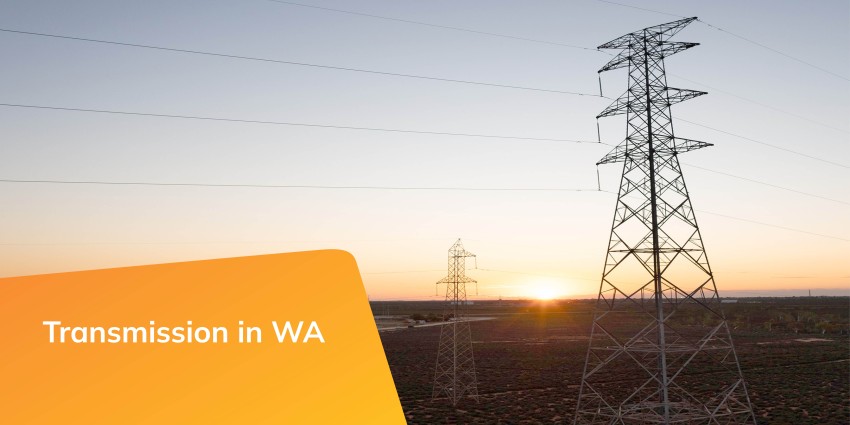The role of energy storage in WA’s energy future
Renewable energy sources, like wind and solar, are central to WA’s transition to a low-emissions energy system – but integrating and managing these across our energy system is a complex process.
Energy storage will be vital to meeting these challenges. By storing renewable energy, such as an excess of solar power generated during the day, energy can be fed back into the grid to meet demand for electricity at other times – particularly during the evening peak after the sun sets.
Keeping the energy system in balance involves a mix of energy storage:
Short duration storage
This refers to storage available for durations of less than eight hours. Batteries are the most common and cost-effective type of short-term energy storage at the moment. Lithium-ion batteries, commonly found in electric vehicles and at-home battery systems, store energy in chemical form to be released through a chemical reaction. There are also redox-flow batteries, using tanks filled with liquid electrolytes.Long-duration energy storage
Long-term energy storage refers to storage solutions available for durations over eight hours, and can include mechanical, electrochemical, hydro and thermal energy options. These can store high volumes of excess energy during off-peak periods, such as during the middle of the day when solar generation is highest. As WA prepares to retire its coal and gas capacity, more long-duration storage will need to be brought online to address persistent and longer periods of low renewable energy output, which are sometimes referred to as solar and wind droughts.
Batteries in WA
The State Government is investing in grid-scale batteries for short-duration energy storage across WA, including Synergy’s Kwinana Big Battery, which currently provides 100 megawatts with 200 megawatt hours of storage for the South West Interconnected System. Industry is also investing in energy storage. WA company Pacific Energy recently delivered two battery energy storage systems (BESS) to Australian mining company Mineral Resources Ken’s Bore mine site, part of the Onslow iron project in the west Pilbara region. These systems will allow the site to fully unlock the energy it generates from its solar farm.
By storing excess energy for when it is needed, battery projects such as these allow for even more renewable energy to be used across WA. As such, these projects, as well as future energy storage solutions, will play an increasingly important role in maximising the use of renewable energy in our electricity supply.






